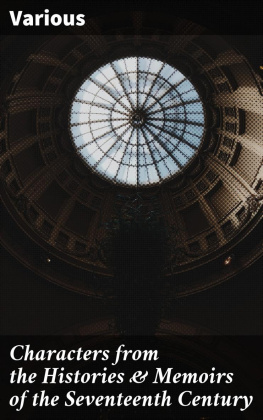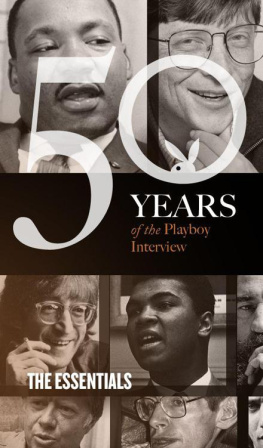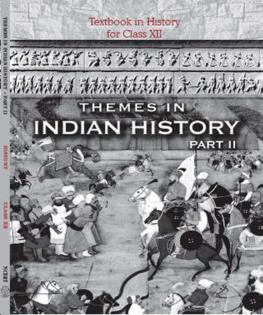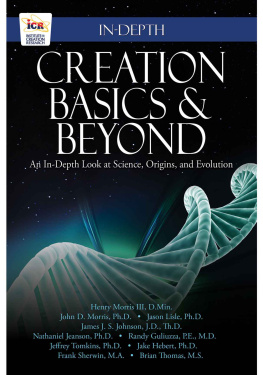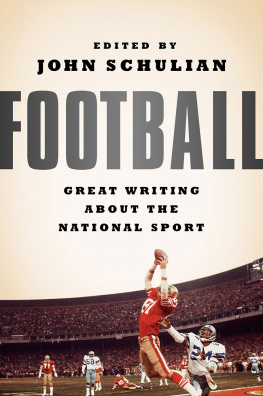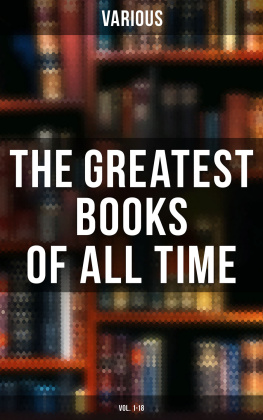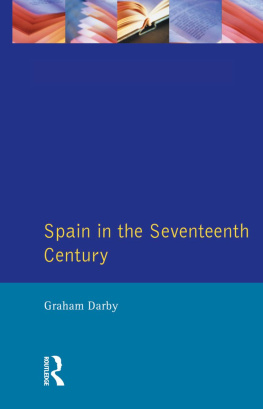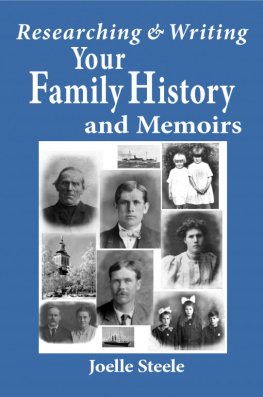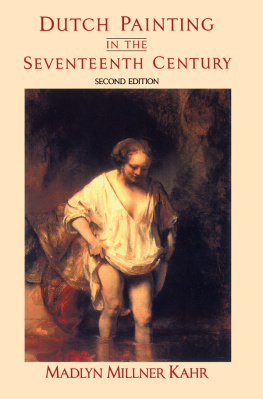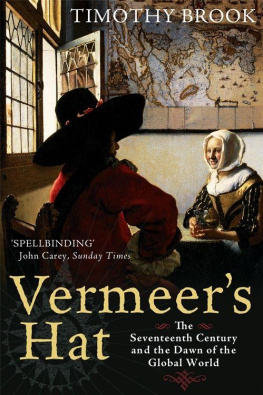Various
Characters from the Histories & Memoirs of the Seventeenth Century
Published by Good Press, 2019
EAN 4064066228354
ESSAY ON THE CHARACTER
I. The Beginnings
II. The Literary Models
III. Clarendon
IV. Other Character Writers
CHARACTERS
1. JAMES I. By Arthur Wilson 2. " By Sir Anthony Weldon 3. THE DUKE OF BUCKINGHAM (George Villiers, first Duke). By Clarendon 4. SIR THOMAS COVENTRY. By Clarendon 5. SIR RICHARD WESTON. By Clarendon 6. THE EARL OF ARUNDEL (Thomas Howard, fourteenth Earl). By Clarendon 7. THE EARL OF PEMBROKE (William Herbert, third Earl). By Clarendon 8. SIR FRANCIS BACON. By Ben Jonson 9. " " " By Arthur Wilson 10. " " " By Thomas Fuller 11. " " " By William Rawley 12. BEN JONSON. By Clarendon 13. " " By James Howell 14. HENRY HASTINGS. By Shaftesbury 15. CHARLES I. By Clarendon 16. " By Sir Philip Warwick 17. THE EARL OF STRAFFORD (Thomas Wentworth, first Earl). By Clarendon 18. THE EARL OF STRAFFORD (Thomas Wentworth, first Earl). By Sir Philip Warwick 19. THE EARL OF NORTHAMPTON (Spencer Compton, second Earl). By Clarendon 20. THE EARL OF CARNARVON (Robert Dormer, first Earl). By Clarendon 21. LORD FALKLAND (Lucius Cary, second Viscount). By Clarendon 22. LORD FALKLAND (Lucius Cary, second Viscount). By Clarendon 23. SIDNEY GODOLPHIN. By Clarendon 24. WILLIAM LAUD. By Clarendon 25. " " By Thomas Fuller 26. " " By Sir Philip Warwick 27. WILLIAM JUXON. By Sir Philip Warwick 28. THE MARQUIS OF HERTFORD (William Seymour, first Marquis). By Clarendon 29. THE MARQUIS OF NEWCASTLE (William Cavendish, first Marquis, and Duke). By Clarendon 30. THE LORD DIGBY (George Digby, second Earl of Bristol). By Clarendon 31. THE LORD CAPEL (Arthur Capel, first Baron). By Clarendon 32. ROYALIST GENERALS: PATRICK RETHVEN, EARL OF BRENTFORD; PRINCE RUPERT; GEORGE, LORD GORING; HENRY WILMOT, EARL OF ROCHESTER. By Clarendon 33. JOHN HAMPDEN. By Clarendon 34. JOHN PYM. By Clarendon 35. OLIVER CROMWELL. By Clarendon 36. OLIVER CROMWELL. By Clarendon 37. " " By Sir Philip Warwick 38. " " By John Maidston 39. " " By Richard Baxter 40. SIR THOMAS FAIRFAX. By Richard Baxter 41. SIR HENRY VANE, the younger. By Clarendon 42. " " " " " By Clarendon 43. COLONEL JOHN HUTCHINSON. By Lucy Hutchinson 44. THE EARL OF ESSEX (Robert Devereux, third Earl). By Clarendon 45. THE EARL OF SALISBURY (William Cecil, second Earl). By Clarendon 46. THE EARL OF WARWICK (Robert Rich, second Earl). By Clarendon 47. THE EARL OF MANCHESTER (Edward Montagu, second Earl). By Clarendon 48. THE LORD SAY (William Fiennes, first Viscount Say and Sele). By Clarendon 49. JOHN SELDEN. By Clarendon 50. JOHN EARLE. By Clarendon 51. JOHN HALES. By Clarendon 52. WILLIAM CHILLINGWORTH. By Clarendon 53. EDMUND WALLER. By Clarendon 54. THOMAS HOBBES. By Clarendon 55. " " Notes by John Aubrey 56. THOMAS FULLER. Anonymous 57. JOHN MILTON. Notes by John Aubrey 58. " " Note by Edward Phillips 59. " " Notes by Jonathan Richardson 60. ABRAHAM COWLEY. By himself 61. " " By Thomas Sprat 62. CHARLES II. By Halifax 63. CHARLES II. By Burnet 64. CHARLES II. By Burnet 65. THE EARL OF CLARENDON (Edward Hyde, first Earl), By Burnet 66. THE EARL OF LAUDERDALE (John Maitland, second Earl, created Duke 1672). By Clarendon. 67. THE EARL OF LAUDERDALE (John Maitland, second Earl, created Duke 1672). By Burnet 68. THE EARL OF SHAFTESBURY (Anthony Ashley Cooper, first Earl). By Burnet 69. THE EARL OF SHAFTESBURY (Anthony Ashley Cooper, first Earl). By Dryden 70. THE DUKE OF BUCKINGHAM (George Villiers, second Duke). By Burnet 71. THE DUKE OF BUCKINGHAM (George Villiers, second Duke). By Dryden 72. THE MARQUIS OF HALIFAX (George Savile, first Marquis). By Burnet 73. SIR EDMUND SAUNDERS. By Roger North 74. TWO GROUPS OF DIVINES: (1. Benjamin Whitchcot, Ralph Cudworth, John Wilkins, Henry More, John Worthington; 2. John Tillotson, Edward Stillingfleet, Simon Patrick, William Lloyd, Thomas Tenison). By Burnet 75. JAMES II. By Burnet 76. JAMES II. By Burnet
THE CHARACTER
Table of Contents
The seventeenth century is rich in short studies or characters of itsgreat men. Its rulers and statesmen, its soldiers and politicians,its lawyers and divines, all who played a prominent part in the publiclife, have with few notable exceptions been described for us by theircontemporaries. There are earlier characters in English literature;but as a definite and established form of literary compositionthe character dates from the seventeenth century. Even Sir RobertNaunton's Fragmenta Regalia, or Observations on the late QueenElizabeth her Times and Favourites, a series of studies of the greatmen of Elizabeth's court, and the first book of its kind, is an oldman's recollection of his early life, and belongs to the Stuart periodin everything but its theme. Nor at any later period is there the samewealth of material for such a collection as is given in this volume.The eighteenth century devoted itself rather to biography. When thefacts of a man's life, his works, and his opinions claimed detailedtreatment, the fashion of the short character had passed.
Yet the seventeenth century did not know its richness. None of itsbest characters were then printed. The writers themselves could nothave suspected how many others were similarly engaged, so far werethey from belonging to a school. The characters in Clarendon'sHistory of the Rebellion were too intimate and searching to bepublished at once, and they remained in manuscript till aboutthirty years after his death. In the interval Burnet was drawing thecharacters in his History of His Own Time. He, like Clarendon,was not aware of being indebted to any English model. Throughout theperiod which they cover there are the characters by Fuller, Sir PhilipWarwick, Baxter, Halifax, Shaftesbury, and many others, the Latincharacters by Milton, and the verse characters by Dryden. There is nosign that any of these writers copied another or tried to emulatehim. Together, but with no sense of their community, they made theseventeenth century the great age of the character in England.
I. The Beginnings.
The art of literary portraiture in the seventeenth century developedwith the effort to improve the writing of history. Its first and atall times its chief purpose in England was to show to later ages whatkind of men had directed the affairs and shaped the fortunes ofthe nation. In France it was to be practised as a mere pastime; tosketch well-known figures in society, or to sketch oneself, was forsome years the fashionable occupation of the salons. In England thecharacter never wholly lost the qualities of its origin. It might beused on occasion as a record of affection, or as a weapon of politicalsatire; but our chief character writers are our historians. At thebeginning of the seventeenth century England was recognized to bedeficient in historical writings. Poetry looked back to Chaucer as itsfather, was proud of its long tradition, and had proved its right tosing the glories of Elizabeth's reign. The drama, in the full vigourof its youth, challenged comparison with the drama of Greece and Rome.Prose was conscious of its power in exposition and controversy. But inevery review of our literature's great achievement and greater promisethere was one cause of serious misgivings. England could not yet rankwith other countries in its histories. Many large volumes had beenprinted, some of them containing matter that is invaluable to themodern student, but there was no single work that was thought tobe worthy of England's greatness. The prevailing type was still thechronicle. Even Camden, 'the glory and light of the kingdom', as BenJonson called him, was an antiquary, a collector, and an annalist.History had yet to be practised as one of the great literary arts.


